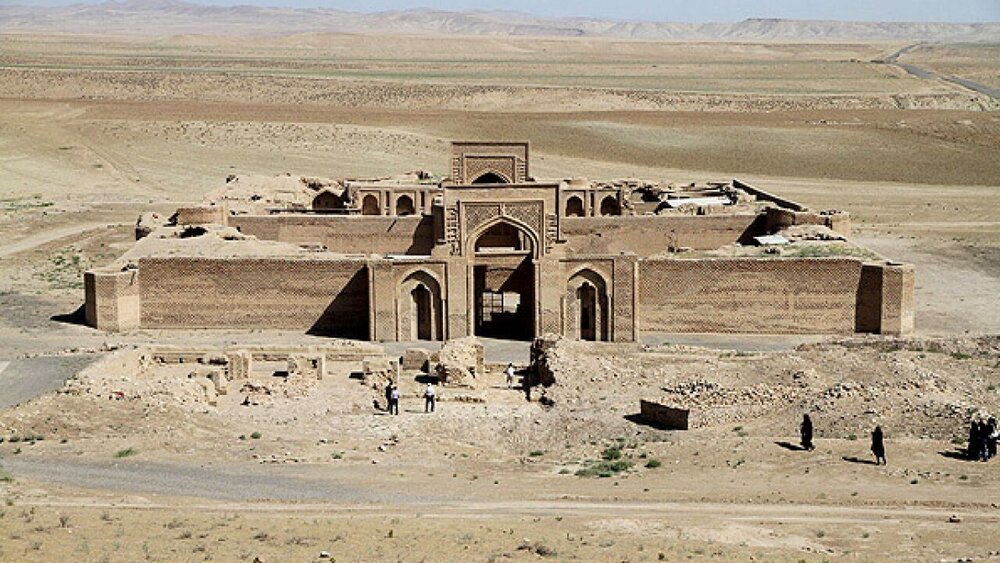Restoration project to revive ancient monuments on Silk Road

TEHRAN – Iran’s Revitalization and Utilization Fund for Historical Places have launched a development scheme, based on which arrays of centuries-old monuments would be revived along the ancient Silk Road.
“Monuments which are located on the Silk Road will be revived to develop and prosper tourism along the ancient route as much as possible,” IRNA quoted Hadi Mirzaei, the CEO of the Fund, as saying on Saturday.
“The Revitalization Fund seeks to provide an opportunity for [the private] investors to revive historic buildings along the Silk Road,” the official added.
The scheme is expected to assist a sustainable development for the local communities through fueling a tourism boom along the once flourishing route, he explained.
He made the remarks during a visit to the recently-restored Maranjab caravanserai, which is located adjacent to a barren desert of the same name in central Isfahan province.
Over the past couple of years, hundreds of historical sites and monuments across Iran have been temporarily ceded to the private sector by auctions reportedly to gain higher productivity and better maintenance.
Experts say the possible inscription of the ancient Silk Road on the UNESCO World Heritage list would open up a suitable opportunity for Iran and other nations to present their cultural, literary, historical, and scientific achievements to the world.
Today, there are over 40 countries alongside the historic land and maritime routes, which are collectively named the Silk Road, (or Silk Roads). This vast network carried more than just merchandise and precious commodities however: the constant movement and mixing of populations also brought about the transmission of knowledge, ideas, cultures, and beliefs, which had a profound impact on the history and civilizations of the Eurasian peoples.
For thousands of years, the ancient Silk Road passed through many different empires, kingdoms, reigns, and societies. According to UNESCO, the Silk Road enriched the countries it passed through, transporting cultures, religions, languages, and of course material goods into societies across Europe, Asia, and Africa, and uniting them all with a common thread of cultural heritage and plural identities.
Travelers along the Silk Road were attracted not only by trade but also by the intellectual and cultural exchange that was taking place in cities along the Silk Road, many of which developed into hubs of culture and learning. Science, arts, and literature, as well as crafts and technologies, were thus shared and disseminated into societies along the lengths of these routes, and in this way, languages, religions, and cultures developed and influenced each other.
AFM/
Leave a Comment